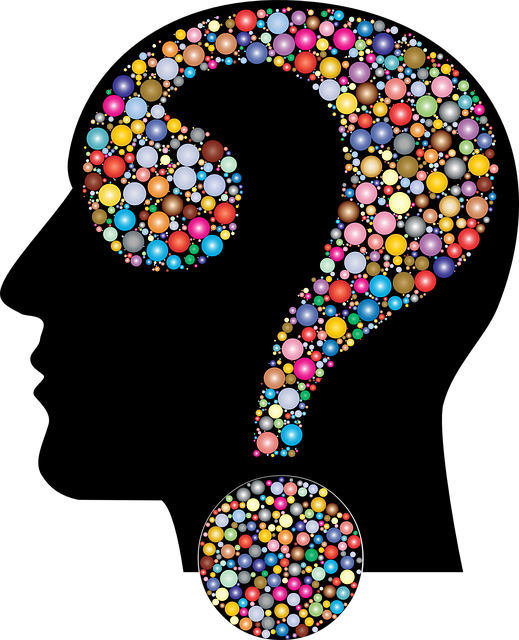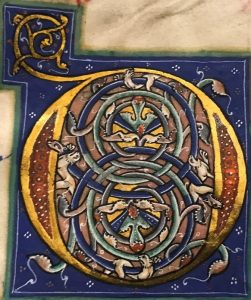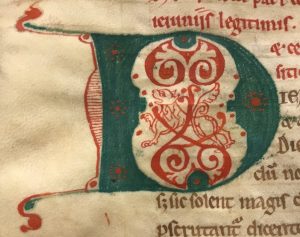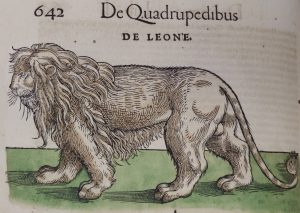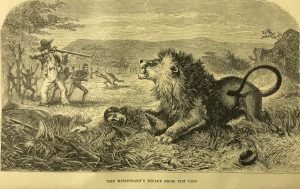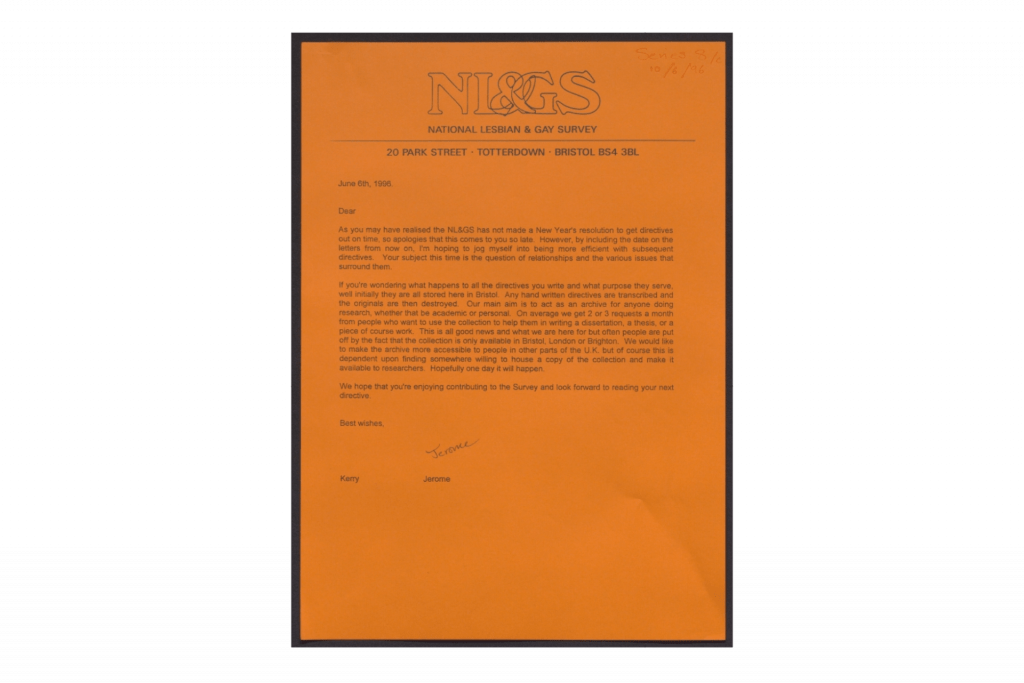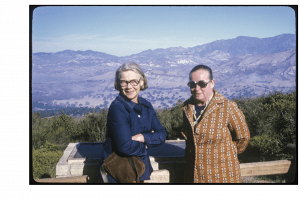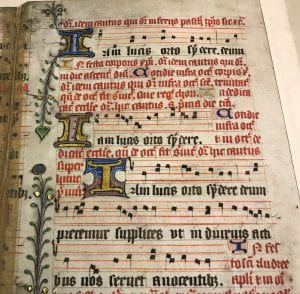Insights from the New Research Librarians after 6 Months in the Role
Dr Claire Pike (Research Librarian for College of Health and Science) & Stephen Macdonald (Research Librarian for the College of Arts, Social Science and Humanities)

Last Summer, two new roles were created in the Library: Research Librarian for College of Health and Science, and Research Librarian for the College of Arts, Social Science and Humanities. Although support for research is offered by all Academic Subject Librarians, the creation of these two roles allows for a greater focus on – and more dedicated time for – research support and services.
The first six months have focused on gaining an understanding of the research happening in our respective Colleges and getting to know and make contact with researchers across the institution, as well as colleagues in R&E and research librarians at other libraries across the UK. We have been attending our respective College Research Committee meetings, which has allowed us to stay updated with the latest developments and meet the Directors of Research of the College and Schools we support.
Our first major project was to produce a support guide for researchers on the Library website. This guide covers a number of areas including open access and open research, research data management, copyright, research metrics and systematic reviews, as well as a section dedicated to postgraduate research students. We have also organised a series of webinars delivered through the Research Postgraduate Development Programme and the Academic Staff Development Programme, covering topics such as reference management software and systematic reviews. Our goal is to add new topics to the programme in 2025/26.
One part of the role that we are both passionate about is advocating for open access and open research. As part of International Open Access Week (21st-27th October 2024) we launched a scholarly communications blog with Jade King and Charlotte Mitchell (Research Repository and Research Data Officers) which included several posts on open access, as well as delivering webinars open to everyone in the University. It was great to see a range of both students and academics attending. We are hoping to organise more University-wide events in the future advocating both open access and open research. We have also had the opportunity to contribute to the development of relevant policy documents, most recently updating the University Open Access policy to include Rights Retention.
We are both enjoying the great variety of tasks the role offers, from supporting individuals, and designing and delivering webinars, through to having more strategic input, such as policy development. Looking ahead, we are excited to continue expanding our support for researchers, fostering a culture of open research and contributing to the ongoing success of our academic community.

